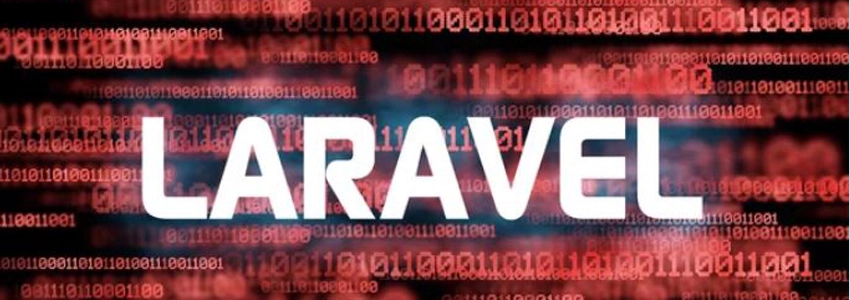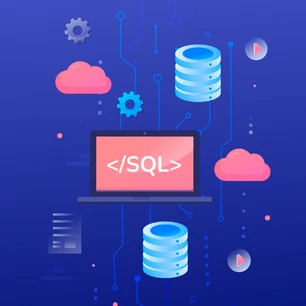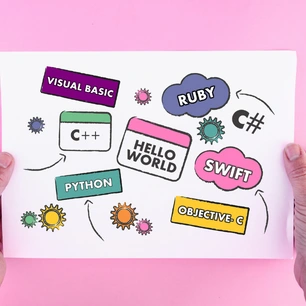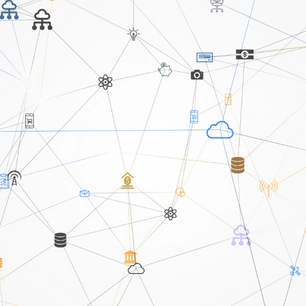Eloquent Object Relational Mapping (ORM)
The Eloquent Object Relational Mapping feature in the Laravel framework is a great way to speed up development. This feature allows developers to easily communicate with databases and create data in the database. It also makes synchronizing different databases easier.
Eloquent Object Relational Mapping, or ORM, allows developers to create a relationship between tables in a database. This feature also allows them to implement CRUD operations using these tables. The tutorial explains the basics of using Eloquent OPM in a Laravel application.
The Laravel framework has a flexible object-relational model that allows developers to create a scalable, user-friendly site. Its features include a query builder and Eloquent Object Relational Mapping. This feature makes it easier to develop a database-driven website.
The Eloquent ORM feature allows developers to work with multiple databases without writing SQL queries. This is made possible by the ActiveMethod implementation, which uses a Model-View-Controller (MVC) structure and tables in the database. This allows developers to perform common database operations, such as data querying, data insertion, and record insertion, without writing any SQL queries.
Service containers
Service containers in the Laravel framework and its features let you create services from your existing classes without having to manually bind them. By default, the containers automatically resolve any dependencies, and if you create a new service, Laravel will instantiate it. However, you can also create an instance without binding it if you want to.
Service containers are an essential part of Laravel's framework. Using them can build powerful applications and contribute to their core. Service containers make dependency injection a breeze, and you can do it without bloated configuration files. The framework makes it easy to add, delete, and modify service classes without writing additional code.

Service containers in the Laravel framework and its features are a convenient way to organize code and make it easier to use complex APIs. The framework provides a variety of different service container types to help developers create flexible web applications.
Support for MVC architecture
The Laravel framework utilizes the model-view-controller (MVC) architecture. This style of architecture provides developers with an intuitive way to build business applications. This pattern makes it easy to write easily maintained and understandable code. MVC is an ideal approach for businesses of all sizes.
This architecture encourages developers to separate development features that are not essential to the development of the application. This makes the code cleaner and more readable and improves the documentation. The Laravel framework also integrates dynamic content seeding and lightweight templates. Using an MVC architecture, the Laravel framework improves performance while improving documentation.
Developing websites with Laravel is easy and fast. Its lightweight and extensible framework makes it easy to manage even large-scale, complex projects. It also offers new features like job batching, which lets developers run tasks in batches. In addition, Laravel lets developers customize view engines to meet their specific needs. The Laravel framework divides a project into three sections: Model, View, and Controller.
Easy to learn
You'll want to learn how to use Laravel's powerful framework to create websites. This framework is the most popular PHP framework. It was released in the year 2013 and features an easy-to-learn syntax. It decouples functionality into separate components that are managed by Composer. You can learn to use Laravel by watching a few YouTube videos or reading up on its documentation. You can take a class or join a community IRC channel, depending on your time and skill level.
To learn how to use Laravel, you should start by looking at the official documentation. This documentation is an honest description of the framework, created by its community and available on GitHub. The documentation covers everything from the installation process to the various features. It also includes documentation on official Laravel packages. Although the documentation can be overwhelming for newbies, it's also the best place to learn how to use the framework and its features.
The MVC architecture of the framework is similar to that of a restaurant's food order process. In the case of an application, the Controller is responsible for handling user requests and passing data to the Views. In this way, the Controller serves as an intermediary between the Model and the View Components. It also receives incoming requests and processes them. Finally, the App directory contains the code that makes up the application's core.











